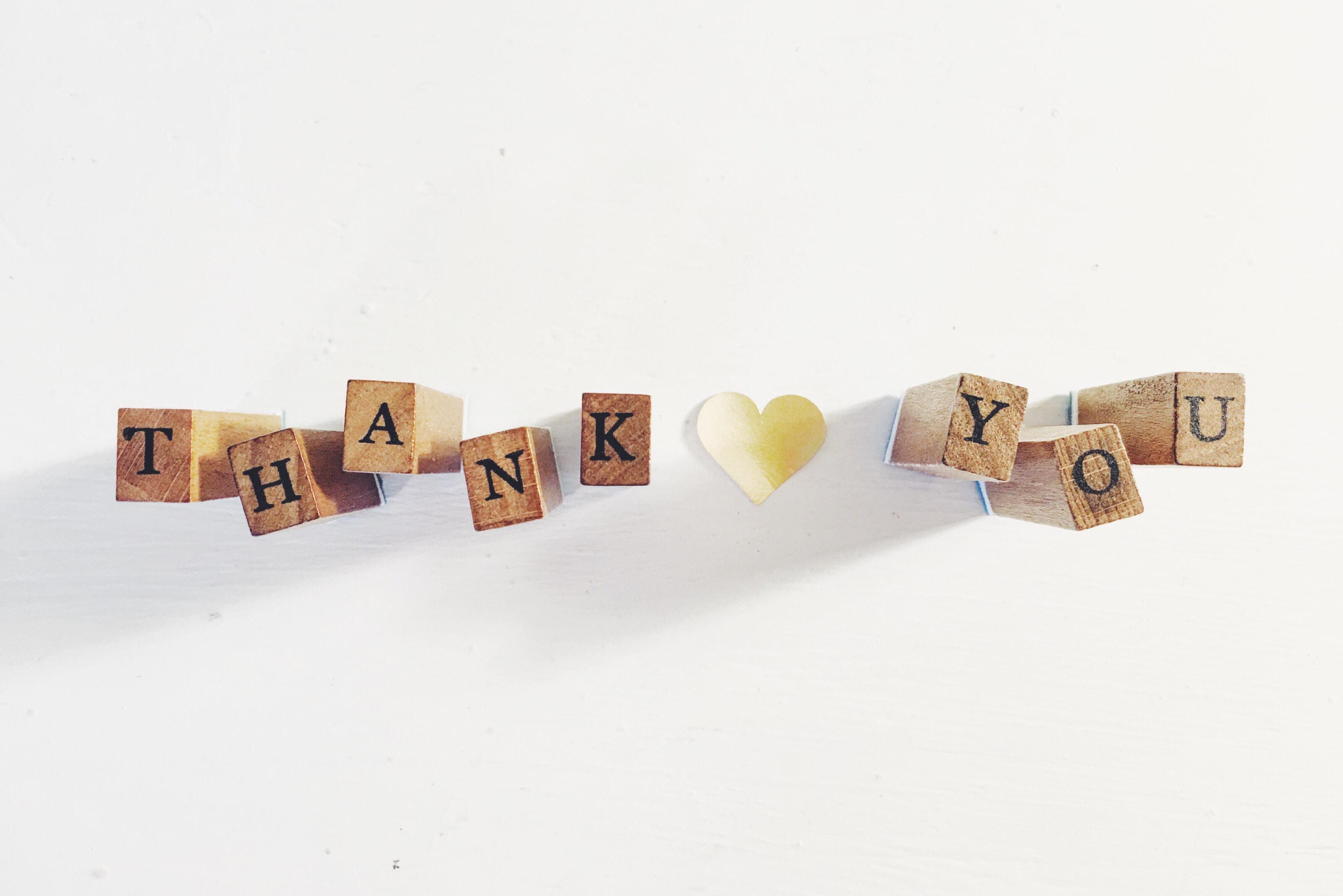Spark Joy In Your Business With The KonMari Method
Have you heard of Marie Kondo? The Japanese tidying expert and author of the bestselling book The Life-Changing Magic of Tidying Up is enjoying renewed popularity in the U.S. right now. Her hit Netflix show Tidying Up With Marie Kondo shows the decluttering expert helping people clear the clutter from their homes—and their brains.
But Kondo’s approach to decluttering, called the KonMari Method, can work for your business, too. Instead of organizing what you already have, Kondo’s method focuses on getting rid of what you don’t like and don’t need so you’re left surrounded only by things you love and use. While on the surface it’s about getting your house in order, people who have tried it say it also helps reduce stress, increase focus and give them more time to focus on what really matters.
Steps to KonMari for Your Business
On her website, Kondo shares the six basic principles of the KonMari method. Here’s how to apply them to your business.
In order for KonMari to work, you need to dedicate yourself to doing it wholeheartedly. Ideally, you’d complete the whole process over a weekend or series of days. For businesses, that may not be realistic—but you still need to commit to finishing what you start and working through each category completely before you stop. Otherwise, you’ll lose momentum. For example, set aside the weekend to focus on files and documents so you can get it all done in one fell swoop. If you’re getting your whole company involved, think of it as an offsite meeting and set aside time.
Before you start decluttering, take some time to think about what you want your business and life to look like when you’re done. What do you want to achieve by decluttering? Do you want your business to be more efficient, more successful, more enjoyable, more appealing for employees? Kondo’s method places great importance on being mindful, introspective and forward-looking. Thinking about why you’re embarking on this project before you start will help you focus when you begin decluttering.
When you think of decluttering your office, you might start with straightening your desk or cleaning out a file drawer. Instead, Marie Kondo wants you to declutter each categoryall at once. In the home, this means taking out all your clothing (from the closet, the dressers, the hall closet, the under-bed storage) and going through it all at once. For your business, it might mean going through all your equipment first, then all your paper documents, etc.
After you’ve cleared out your file cabinets or your computer, you might get inspired to set up a new organizational system right away. Don’t! Wait until your entire decluttering process is finished to organize what’s left.
Start decluttering with a category that’s easy for you to let go of. For home decluttering, Kondo recommends doing clothes first and sentimental items last, since these are the hardest to let go of. Figure out what’s easiest for you to start with (such as paper documents) before moving onto more difficult areas such as business processes. This helps you get used to the method and avoid getting sidetracked so you’ll maintain your momentum.
The KonMari decluttering method involves holding each item in your hands and asking yourself, “Does this spark joy?” Don’t overthink it: go with your first instinct. Of course, not everything in your office will spark joy (I’m looking at you, ream of printer paper). For such items, ask yourself whether it’s necessary to help you accomplish a task. Don’t keep more than you need: if you have a whole drawer full of (necessary) file folders, keep the ones that spark joy, like the colorful, crisp ones and get rid of those that don’t spark joy, like the old, ratty Manila ones.
You’ll also find things that for one reason or another spark negative feelings. In this case, it’s important to ask yourself what’s really going on. Maybe the item reminds you of a task you hate doing in your business, a client who drives you nuts, or a concern you don’t want to face. Or you may find a necessary item (like a certain software app) doesn’t spark joy. Maybe that’s because it’s hard to use or doesn’t really do it you wanted to. Get rid of it and look for a replacement that will be more joyful to use.

Beyond Office Organization
You can use this method for a surface-level decluttering, such as cleaning out your emails, your file folders and your receipts. But you can also get much more from it if you use it on a deeper level. Ask yourself these questions:
What sparks joy in your business? Customers value authenticity, and when you’re passionate about something in your business, they’ll know it. If there’s a certain product, service or focus in your business that brings you the most joy, maybe you should put more energy there.
Look for things that spark joy and allow you to add value that no one else can bring. For example, you might enjoy alphabetizing files, but that’s probably not the best use of your time. You may need to let go of this task and delegate it to someone else.
What about tasks that don’t spark joy? This is your opportunity to delegate them to employees or outsource them to independent contractors.
What if there’s a whole element of your business that doesn’t spark joy? As a small business grows, it can sometimes take on a form you didn’t intend. Maybe you added a new product, service, location or division because it seemed like the right thing to do, but your heart really isn’t in it. If you find out something on this level doesn’t spark joy, it’s time to have some serious conversations and do some soul-searching.
Equally important is focusing on your customers and what sparks joy for them. Do some customer surveys to see what your customers like and don’t like about your business. You can also observe what products or services sell the best, what parts of your website customers spend the most time on and what posts people engage with on social media. Focusing on what your customers like and giving them more of it will make your customers happier—and your business more successful.

Say Thank You
Before you discard an item, Marie Kondo says, you need to thank it for its service to you. (Yes—even if you’re getting rid of an old stapler.) The process helps you “let go,” she says. But when you’re decluttering your business, I think you should also thank the things that you’re keeping. Take some time to feel your appreciation for all the elements that help your business thrive, from your employees to your suppliers to your customers. Once upon a time, your business was just a dream—and now it’s reality. That’s worth celebrating.






